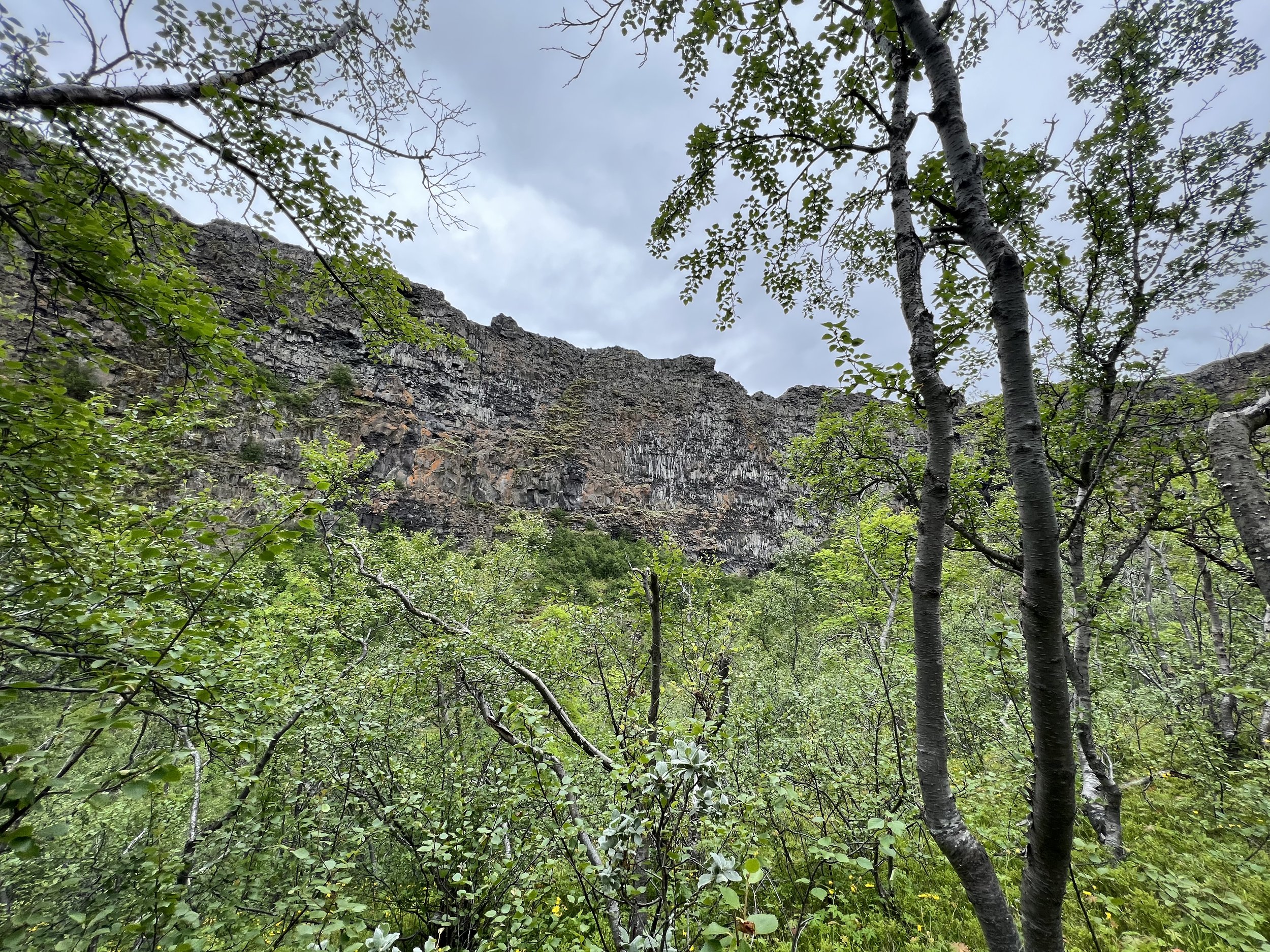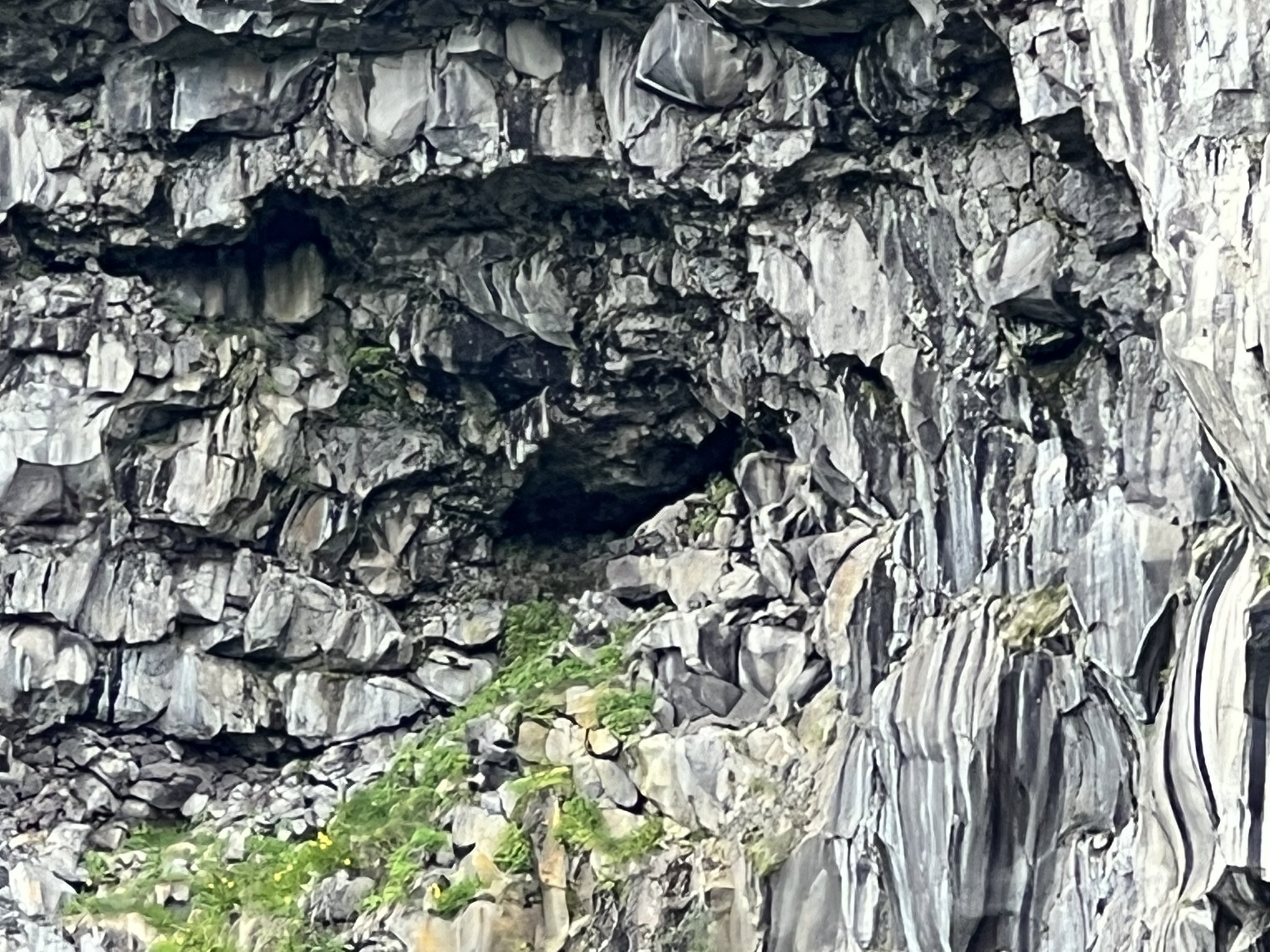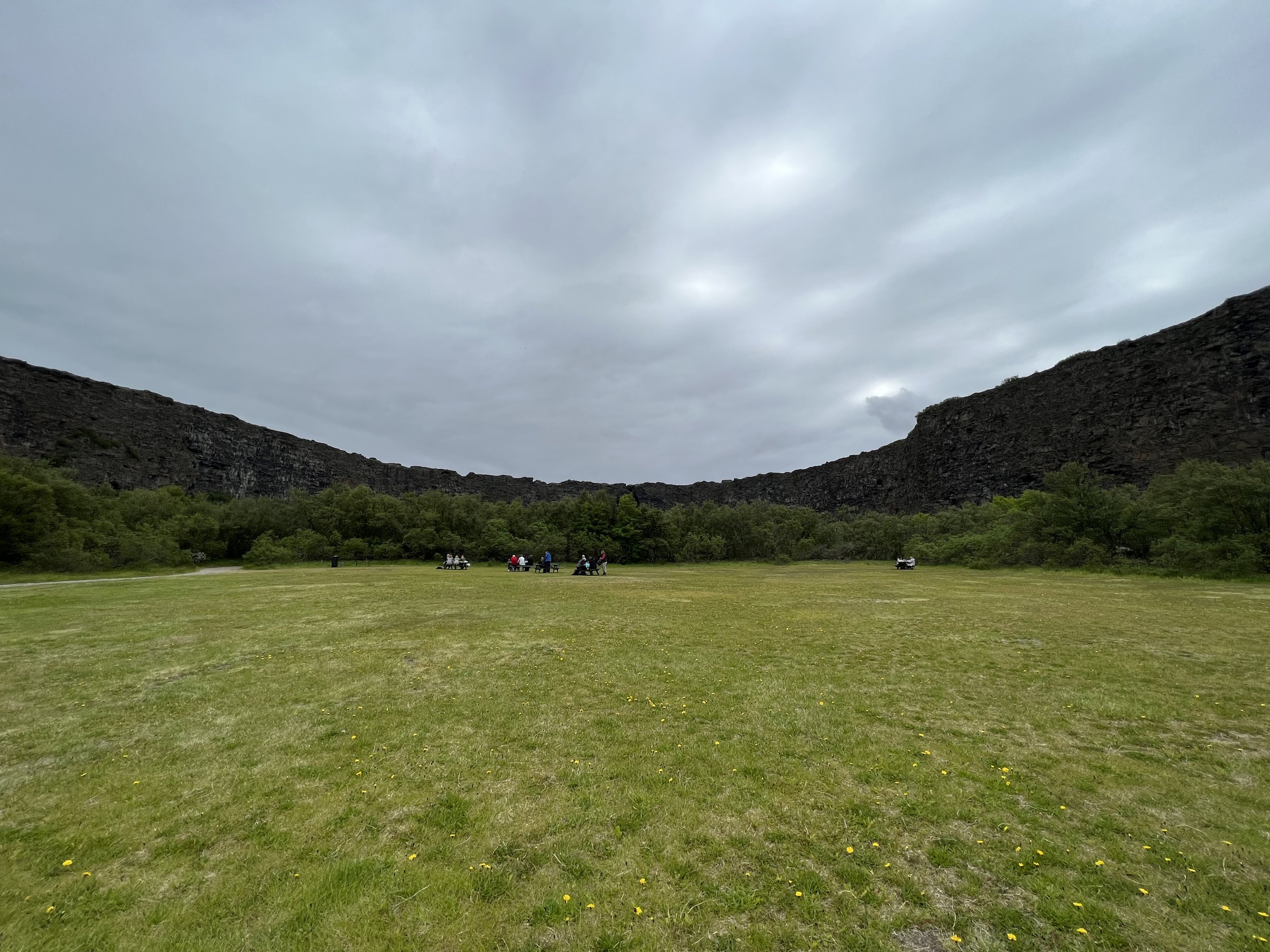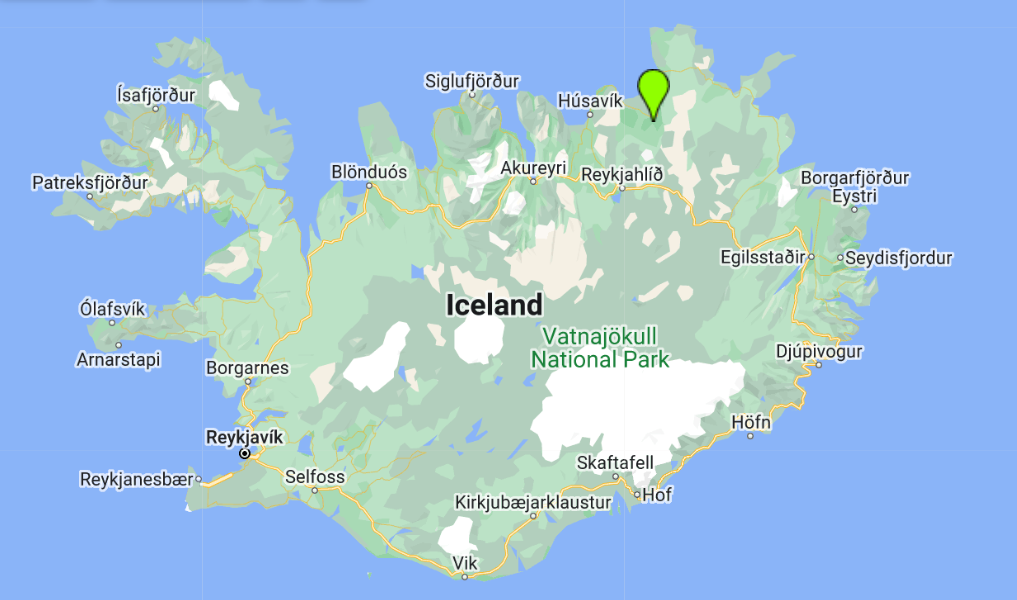Ásbyrgi Canyon
Botnstjörn Pond, at the end of Ásbyrgi Canyon - a very special place
North of Dettifoss, in the north-east of Iceland is the incredible canyon of Ásbyrgi. This canyon is unlike any other I have been to in Iceland. It is shaped like a giant horseshoe and filled with lush greenery. An Icelandic colleague at work had told us about it and said it is his favourite place in all of Iceland so we were keen to visit when on our trip to the east of the country.
As we made our way up to the north from the east we had the opportunity to revisit Dettifoss and so it was an obvious opportunity to go and see Ásbyrgi at the same time as it is less than half an hour away, due north of the mighty waterfall. Ásbyrgi is also in the Jökulsárgljúfur canyon, within the Vatnajökull National Park.
I love the fact that every time I think I have got to know Iceland and its landscape, I come across somewhere completely different. Ásbyrgi is one of those places and is a perfect example of just how varied and diverse the nature of Iceland is.
As we approached the canyon we could see the landscape changing, becoming more green and sheltered within the high cliffs that surround it. There is a car park with a visitors’ centre at the end of the road and so we parked the car and got our bearings.
The beginning of the trail from the car park with information boards
The whole area is incredibly well signposted with information boards all round the car park, hiking routes marked out and information about the history and mythology of the area, as well as the flora and fauna to be found there. We discovered that Ásbyrgi is called The Shelter of the Gods and there are many myths and stories connected with the place, making it one of the most important sites in Icelandic folklore.
Geologists estimate that Ásbyrgi Canyon began to form roughly eight to ten million years ago, just after the last Ice Age, following catastrophic glacial flooding that occurred due to a volcanic eruption beneath the ice-cap, on the Vatnajökull glacier. Then three thousand years ago the same thing happened again, forming thespectacular gorge that we can see today.
100m of sheer vertical cliffs towering above the treetops
However, the Icelanders love myths and legends and there is of course one associated with Ásbyrgi. Given the canyon’s horseshoe shape, legend has it that when the god Odin’s was riding his eight-legged horse called Sleipnir, he got too close to the earth and Sleipnir accidentally touched the ground, leaving a deep imprint on the earth, as it sprinted across the sky. Thus the Ásbyrgi canyon was formed and this is the reason why it has its iconic horseshoe shape. Not only do many locals believe this version of the canyon’s history but it is also widely believed to be the capital of the Hidden People in Iceland. Having spent half a day there, I can understand why. Winding paths meander through the thick woodland of birch and willow, the forest floor dotted with flowers and berries, and the sound of birdsong all around you – it is really quite magical. One of the most peaceful and soothing places I have been to in Iceland, this woodland canyon is a balm to the soul.
One of the many winding paths through the woodland
There are a number of marked trails and hiking routes in Ásbyrgi, but we didn’t actually follow a particular route as such, we just wandered as the mood took us. It was lovely that wherever we walked we came across information boards that told us what plants and birds are to be found in the area.
Before long we found ourselves at the Botnstjörn pond. This small lake is home to a wide variety of waterfowl species while artic fulmar nest on the cliffs. Botnstjörn is surrounded by trees and plants, with the huge vertical cliffs behind it curving round to form the head of the horseshoe shape. This pond is what is left of a big waterfall that once cascaded from the cliffs and it is unbelievably peaceful there. We spent ages watching the birds (mainly wigeon, the only breed of duck that nests here) in this sheltered and serene place before walking up to a higher viewing point that looks down onto the lake. The Botnstjörn pond is often referred to as the pearl of Ásbyrgi and it’s easy to see why. Everywhere you look there are different shades of green from the water to the moss-covered lava to the lush vegetation all around, with willow, mountain ash, birch, and pines in abundance. We had a lovely morning walking through the woodland and following the many winding paths through the trees, as we tried to identify the birds that we saw or heard.
Botnstjörn pond is so still and serene
The canyon itself is just over a kilometre wide and some 3.5 km long, so it is easy to explore the whole area. The sheer cliffs that encircle it are more than a hundred metres high and pretty much vertical, with crevices and caves dotted about – it’s easy to imagine the elves and hidden people watching you as you walk.
One of the most distinctive features of Ásbyrgi is Eyjan (meaning the island) which is a huge rock formation in the middle of the canyon at the open end. We didn’t climb it but apparently if you do, you are rewarded with spectacular views. It’s up to 60m high and about 250m wide and divides Ásbyrgi for almost half of its length, into Vesturbyrgi and Austurbyrgi.
Eyan viewed from head on
As well as the many hiking trails around Ásbyrgi, there is also a campsite near the visitors centre, and an area for picnicking with tables and benches. It is a very popular area for families to come in the summer and is much loved by locals. I was so glad to have come and visited this magical place – definitely one of my favourite places in Iceland.
The picnic area looking back at the curve of the canyon











